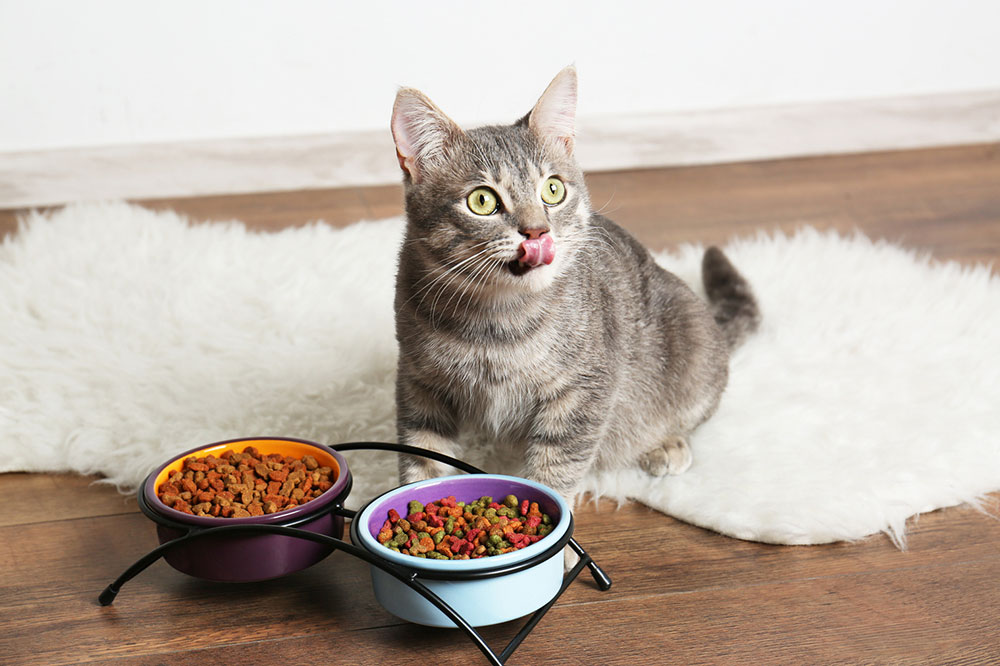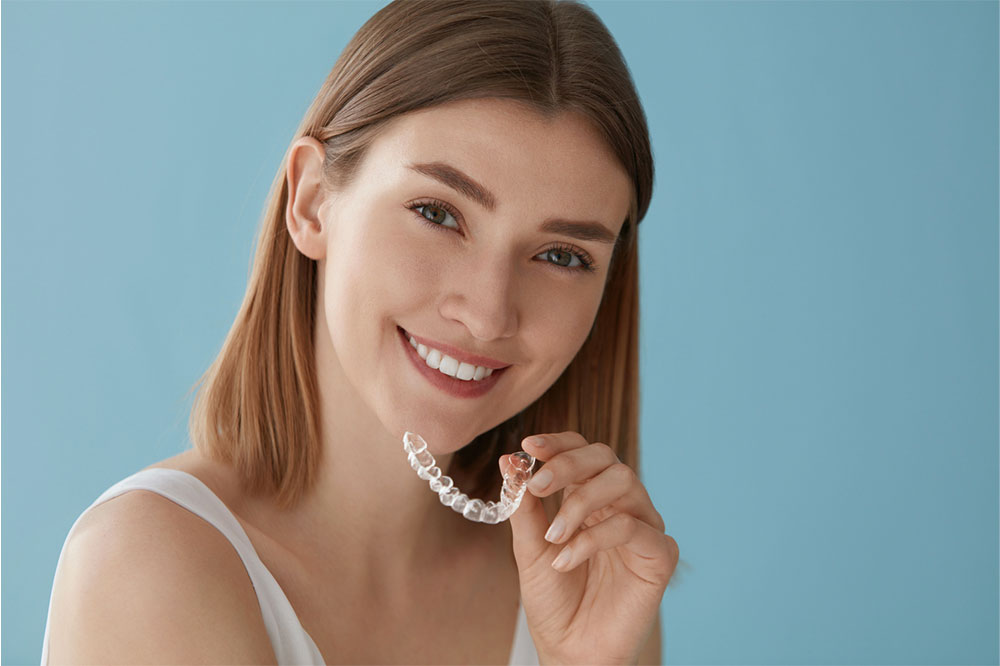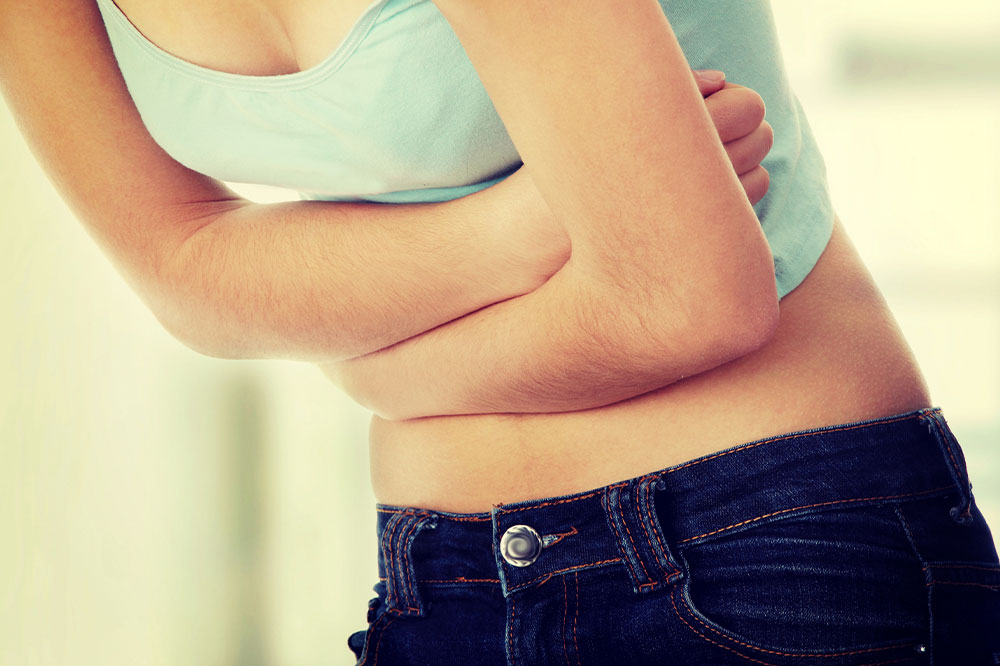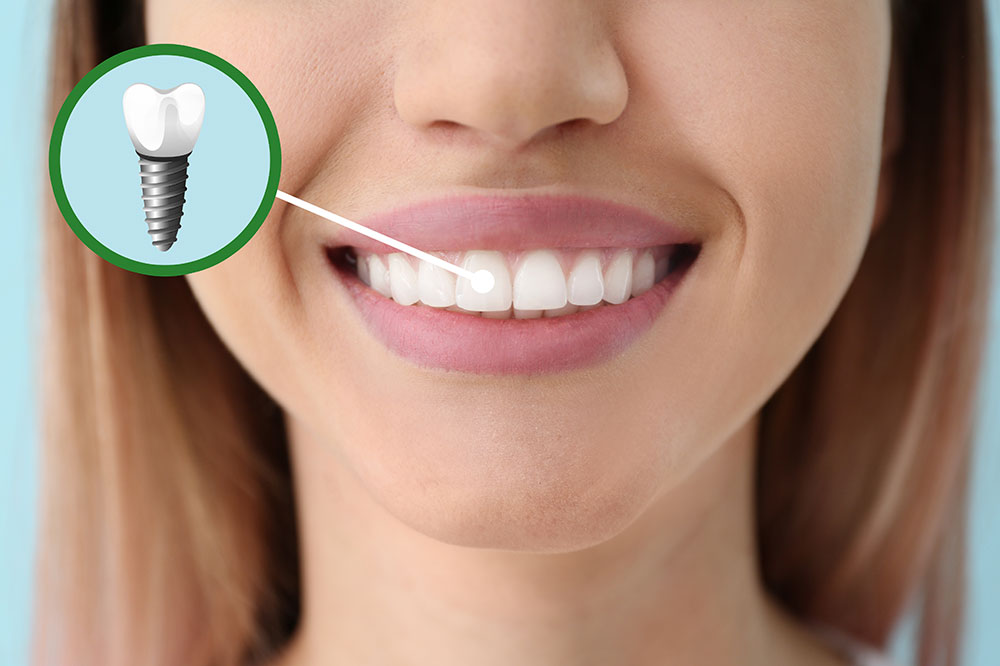Key Facts About Healthy Cat Foods

As much as cats can be mischief mongers, literally turning the house upside down, life without these feline friends is impossible to imagine for cat parents. And much of the energy cats derive is through meals. Cats’ ideal meal plans differ considerably from ours; therefore, thoroughly considering your cat’s nutritional needs is vital to ensure its well-being. This article provides a detailed insight into the health and nutrition of cats. Let’s have a look:
Types of healthy cat food
Cat food may be classified into different types based on the food’s texture and consistency. Each type of cat food is required in optimal amounts to ensure the cat’s holistic growth and development. Some of the prominent types of cat food you may find in your local supermarket, or online websites are as follows:
Dry food
Dry food consists of 6-10% water content and, owing to its longer shelf life, lends itself to travel. It is also less expensive than wet food and more hassle-free to serve. Experts suggest that a combination of wet and dry food in equal amounts can facilitate a balanced meal plan for cats. One may also purchase different types of cat food packages on online retail websites and supermarkets. Ideally, dry food consists of many nutrient-rich ingredients, such as whole grains, poultry, meat, fiber, and essential vitamins and minerals.
Furthermore, dry food is ideal for increasing body strength among weak cats. It helps to purchase dry cat food based on your cat’s age and specific requirements. Although preserving dry cat food for long periods is fine, it is equally essential to check the product’s expiry date before purchase.
Canned or wet food
Canned or wet food contains 75% moisture, providing cats with the required hydration and nutrients. Although it is more expensive than dry and semi-moist foods, it can help with several common health issues among cats, including constipation and urinary tract infections. It can also help limit your cat’s calories in case of issues with weight. For example, fish chunks, grilled chicken, beef, duck, and other nutrient-rich food sources in gravy are good examples of wet cat food.
Types of healthy cat foods
Healthy cat foods may be classified based on the nutrients they contain and the importance of these nutrients for your cat’s well-being. Here are some foods your cat can devour to gain optimal nutrition:
Chicken
Chicken contains high levels of omega-6, essential for better coat growth, skin, and muscle development. It’s also a rich protein source and supports a healthy immune system. The best bet is to serve your cat boiled, skinless chicken with no added salt or spices. In addition, several store-bought cat-food packages also contain chicken.
Fish
Fish is an excellent source of lean protein; moreover, fatty fish varieties like tuna, mackerel, and salmon contain omega-3 in high concentrations. However, it is best to avoid serving them raw fish, which can contain infection-causing bacteria. Therefore, boiled fish without salt and spices is healthy for your cat’s metabolism.
Grains
Grains like barley, corn, brown rice, and wheat berries are generally considered healthy to be incorporated in cats’ meal plans. However, it is advisable to mash these grains well to avoid digestive problems. One may even serve smaller grains like couscous in small quantities. Store-bought cat-food packages may incorporate grains in their whole forms or as flour.
Eggs
Eggs are packed with protein and other essential vitamins and minerals. Boiled and scrambled eggs are nutritious breakfast or snack options for your canine friends; however, pet parents must avoid raw eggs as they contain bacteria such as Salmonella and E. Coli.
Carrots
The beta-carotene present in carrots works wonders for your cat’s fur and eyes. Peeled and cooked carrots are the best bets to avoid choking. Carrots are also incorporated in some of the cat-food products available in the market.
Meat
Cats are primarily carnivorous creatures that need daily meat doses for overall health and well-being. Meat is rich in protein and amino acids, which are essential for a healthy immune system; therefore, one must ensure to serve cooked meat without sausages, added salt, or spices.
Shrimp
The various essential nutrients present in shrimp, including calcium, protein, omega-3, and phosphorus, can help your cat thrive and work wonders for its heart health. One can also incorporate plain-cooked shrimp periodically into their cat’s meal plan.
Some tips for a hale and hearty cat
Limit or avoid semi-moist cat food
Semi-moist cat food contains nearly 65% water content and is typically laden with added sugar and salt. High quantities of semi-moist food over long periods can cause lifestyle diseases like cholesterol. In addition, it helps to limit semi-moist cat food in your cat’s meal routine, replacing it with wet and dry cat food.
Regulate the frequency of feeding
Cat parents must regulate the foods they serve their cats and the frequency of feeding. Typically, kittens should be well-fed twice a day, whereas adult and senior cats do well with one or two meals a day.
Ensure that they are hydrated
4 ounces of water per five pounds of body weight is the recommended volume of water for cats. It helps to have several easily accessible water spots for your cat and serves optimal quantities of a wet food containing maximum water content.
Consult a vet before feeding home-made foods
While homemade food ensures adequate hygiene and customization, it may include only some essential nutrients. Thus, it is advisable to consult your vet before including homemade foods in your cat’s meal plan.
Conclusion
Cat health and nutrition are all about maintaining the right balance of nutrients and understanding your cat’s specific requirements. Healthy food practices, proper exercise, and sufficient hydration can help prevent diseases and facilitate a long, healthy life for your canine friends.






